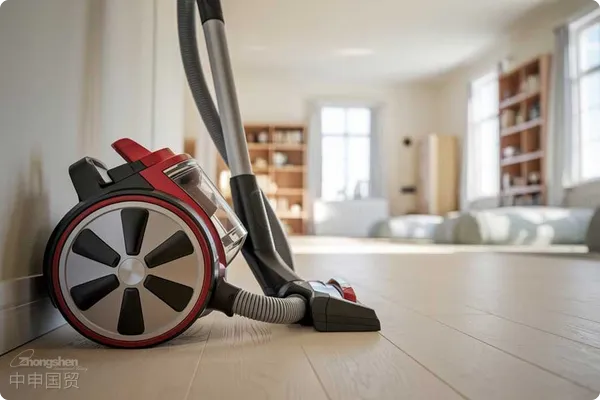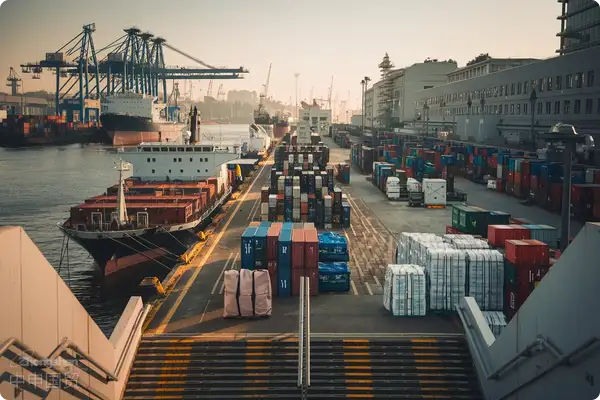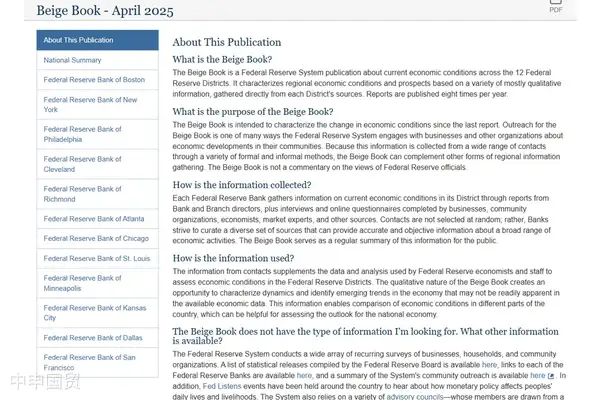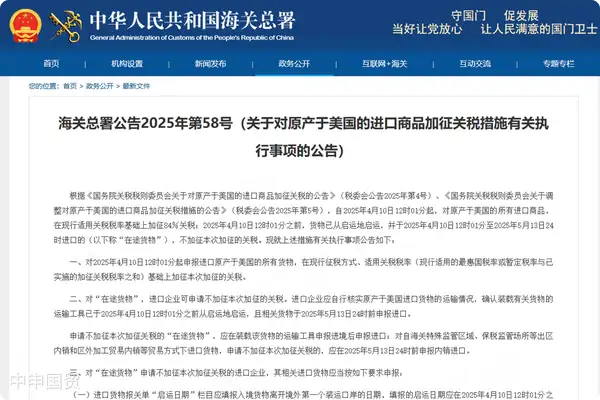- Shanghai Zhongshen International Trade Co., Ltd. - Two decades of trade agency expertise.
- Service Hotline: 139 1787 2118
Forforeign tradeFor practitioners, exporting household appliances to the U.S. market presents both challenges and opportunities. As a household cleaning tool, vacuum cleaners have consistently high demand in the U.S. market. So, what certificationsfor containers exported to the USare required? What processes and precautions need special attention? This article will delve into all aspects of vacuum cleaner exports.

Certifications and Processes Required for Exporting Vacuum Cleaners to the U.S.
Quality standards
FCC certification:If the vacuum cleaner has electronic functions (such as smart control, wireless connectivity, etc.), it must obtain certification from the Federal Communications Commission (FCC) in the U.S.
FCC certification is a necessary step to ensure electronic products do not cause harmful interference to radio frequencies. It includes three certification modes: Self-Verification, Declaration of Conformity (DoC), and Certification (ID). Self-Verification applies to low-risk products, where manufacturers or importers conduct tests themselves and retain relevant reports. The Declaration of Conformity (DoC) requires testing in an FCC-recognized laboratory and submission of test reports. Certification (ID) is the strictest mode, requiring testing by an accredited lab and submission of an application to the FCC, which then issues an equipment ID. The specific mode depends on the products electronic characteristics and usage scenarios. For example, vacuum cleaners with wireless functions typically require ID certification to comply with radio frequency management standards.
UL 1017 certification:UL 1017 is a safety standard specifically for vacuum cleaners, covering electrical safety, mechanical structure performance, user safety, and other aspects.
The certification process involves a series of rigorous tests, including electrical safety tests (e.g., voltage and current protection measures), mechanical performance tests (e.g., durability and stability), and other safety tests (e.g., noise control and overheating protection) to ensure the vacuum cleaner operates safely and reliably in various scenarios. In addition, the electrical components and casing materials are evaluated to prevent electric shock or other potential risks during use. Only after passing these tests can the vacuum cleaner meet the stringent U.S. household appliance safety standards and enter the market.
Production and Quality Control
During production, the manufacturing process must comply with relevant quality standards. Each stage requires strict quality inspections, including raw material checks, semi-finished product checks, and finished product inspections, to ensure safety and reliability.
IV. The Role of Export Agency Services
Packaging Design:Design packaging based on the vacuum cleaners features to prevent damage during transit. The packaging should have shockproof and moisture-proof properties to withstand challenges during long-distance shipping, while ensuring sufficient strength to prevent damage during handling and stacking. Additionally, the packaging must display the product name, model, specifications, origin, certification marks, and other necessary warnings or instructions for consumers and logistics personnel. Packaging design should also consider environmental factors, using recyclable materials to minimize impact.
Transportation Options: Select the appropriate shipping method based on delivery time and cost, such asMaritime Transportation,Air Transportationor express delivery, and arrange forExport ClearanceProcedures be handled.
Customs Clearance and Delivery
After arriving at U.S. ports, the goods must undergo customs clearance. U.S. Customs will inspect the shipment, and the exporter or their agent must cooperate. Once cleared, the goods are delivered to the U.S. client.
II. Key Considerations for Exporting Vacuum Cleaners to the U.S.
Product Quality and Safety
Strict compliance with U.S. standards and regulations is essential to ensure vacuum cleaners meet certifications like UL 1017, avoiding recalls, returns, or legal disputes due to quality issues. To meet these standards, every production stage must be carefully monitored, from material selection to manufacturing processes, ensuring all components meet quality requirements. Additionally, product design should align with U.S. safety standards to prevent certification issues later. Timely quality testing and evaluation improve product pass rates, reduce recall risks, and enhance corporate reputation and competitiveness.
Intellectual property protection
Ensure the vacuum cleaners design, trademarks, and patents are legally protected in the U.S. to avoid intellectual property infringement. For unique designs, consider patent applications to boost market competitiveness.
Trade Terms and Contract Signing
When signing trade contracts, clearly define rights and obligations, including specifications, quantity, price, delivery time, and trade terms like FOB or CIF.
Tariffs and Trade Barriers
Monitor U.S. tariff policies and trade barriers to optimize export strategies and reduce costs. If eligible for tariff exemptions, apply promptly to enhance price competitiveness.
Related Recommendations
Core Business
Contact Us
Email: service@sh-zhongshen.com
Related Recommendations
Contact via WeChat

? 2025. All Rights Reserved. Shanghai ICP No. 2023007705-2  PSB Record: Shanghai No.31011502009912
PSB Record: Shanghai No.31011502009912









